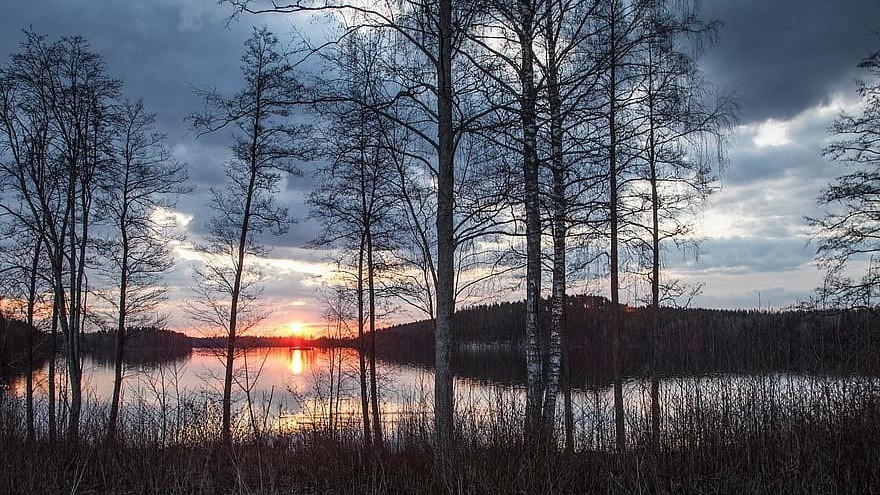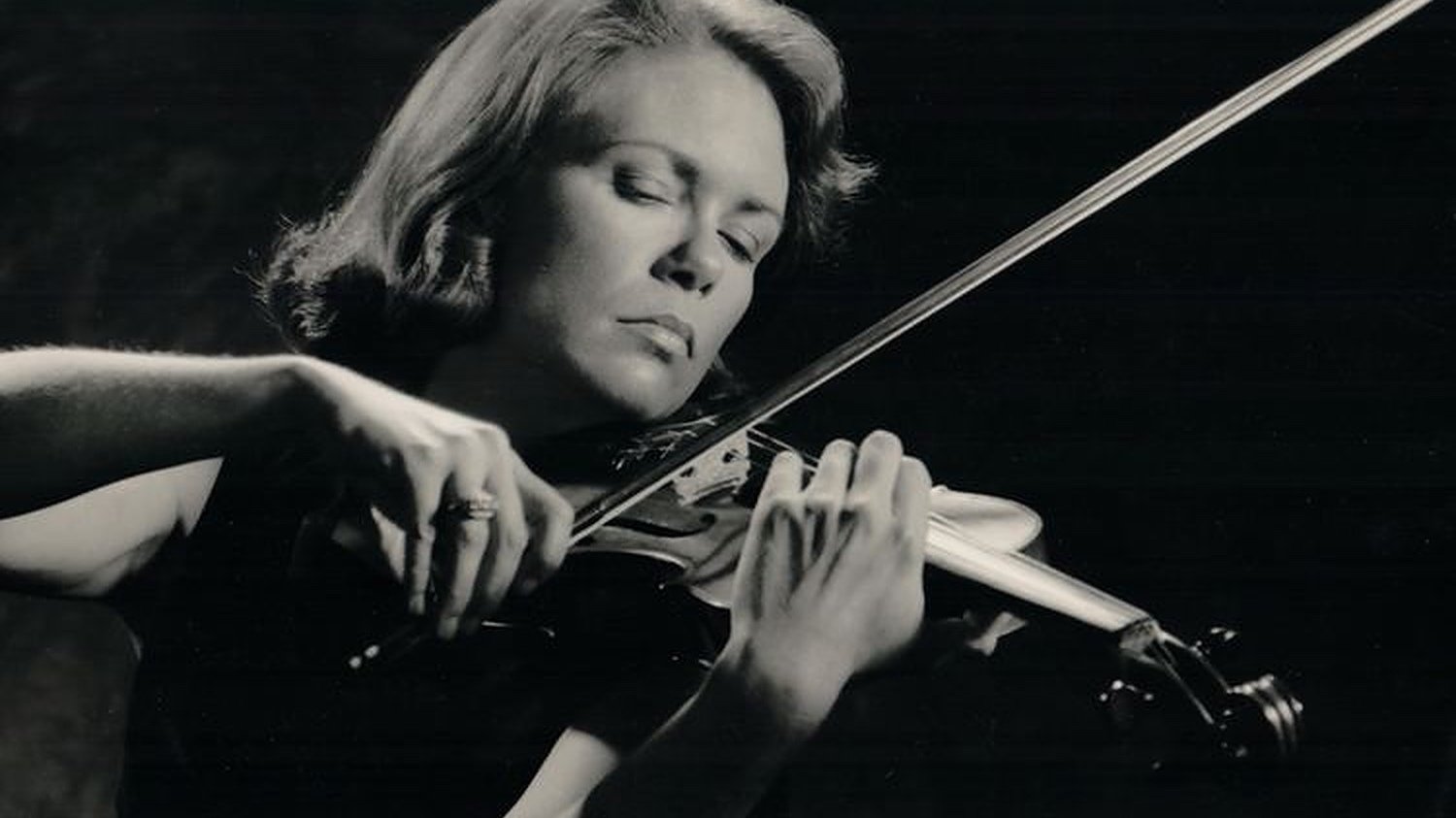Sibelius’ “Pohjola’s Daughter”: Tone Poem and Mythic Vision
Jean Sibelius’ 1906 tone poem, Pohjola’s Daughter, was inspired by a mythic story outlined in Cantos 8 of the Kalevala, the Finnish national epic. Väinämöinen, the white-bearded demigod, is speeding through the Finnish landscape on his sleigh when he spots a beautiful maiden sitting on the edge of an enormous rainbow. Captivated, Väinämöinen asks her to join him on his sleigh and to become his wife. The seductive maiden agrees on the condition that …







